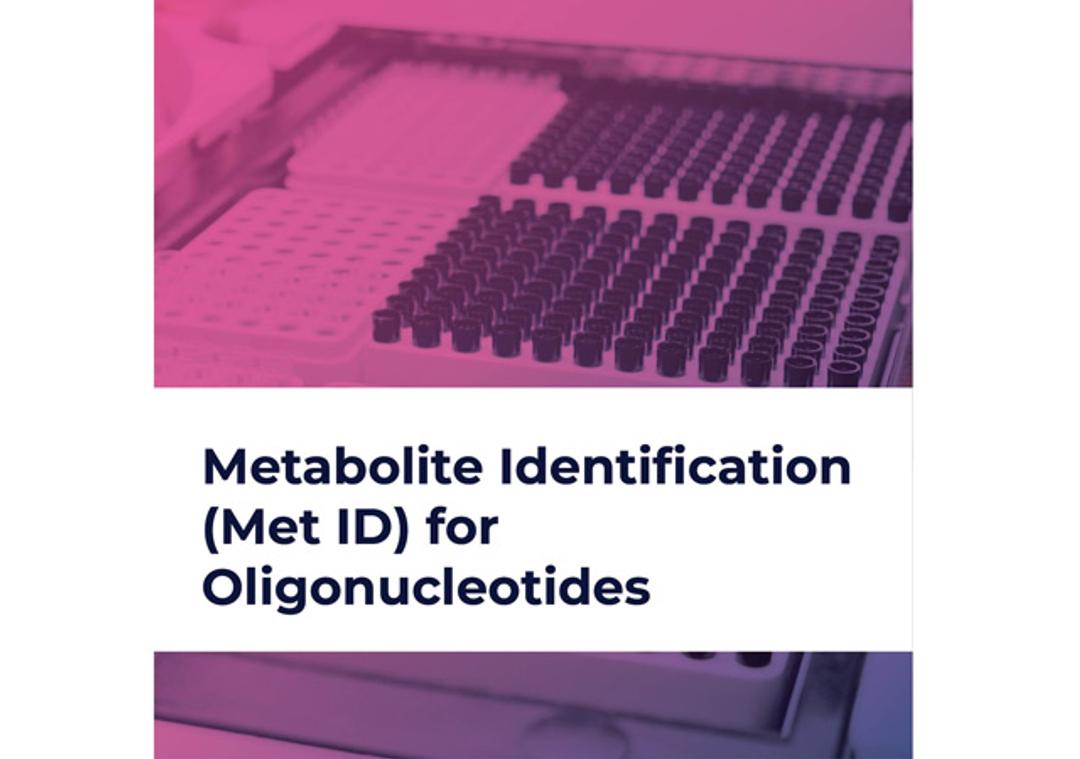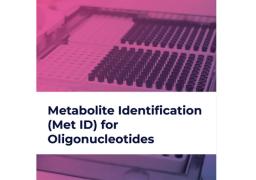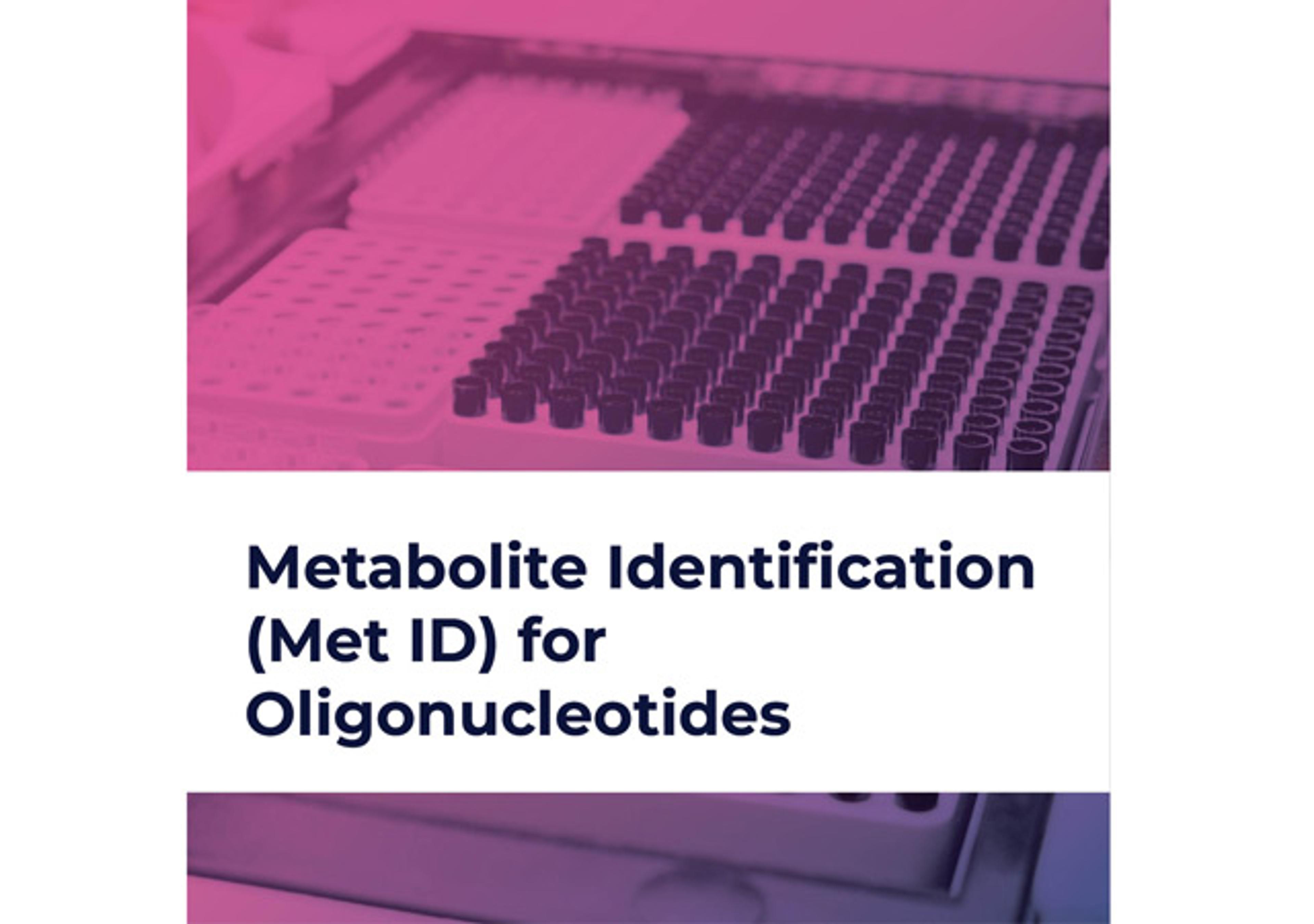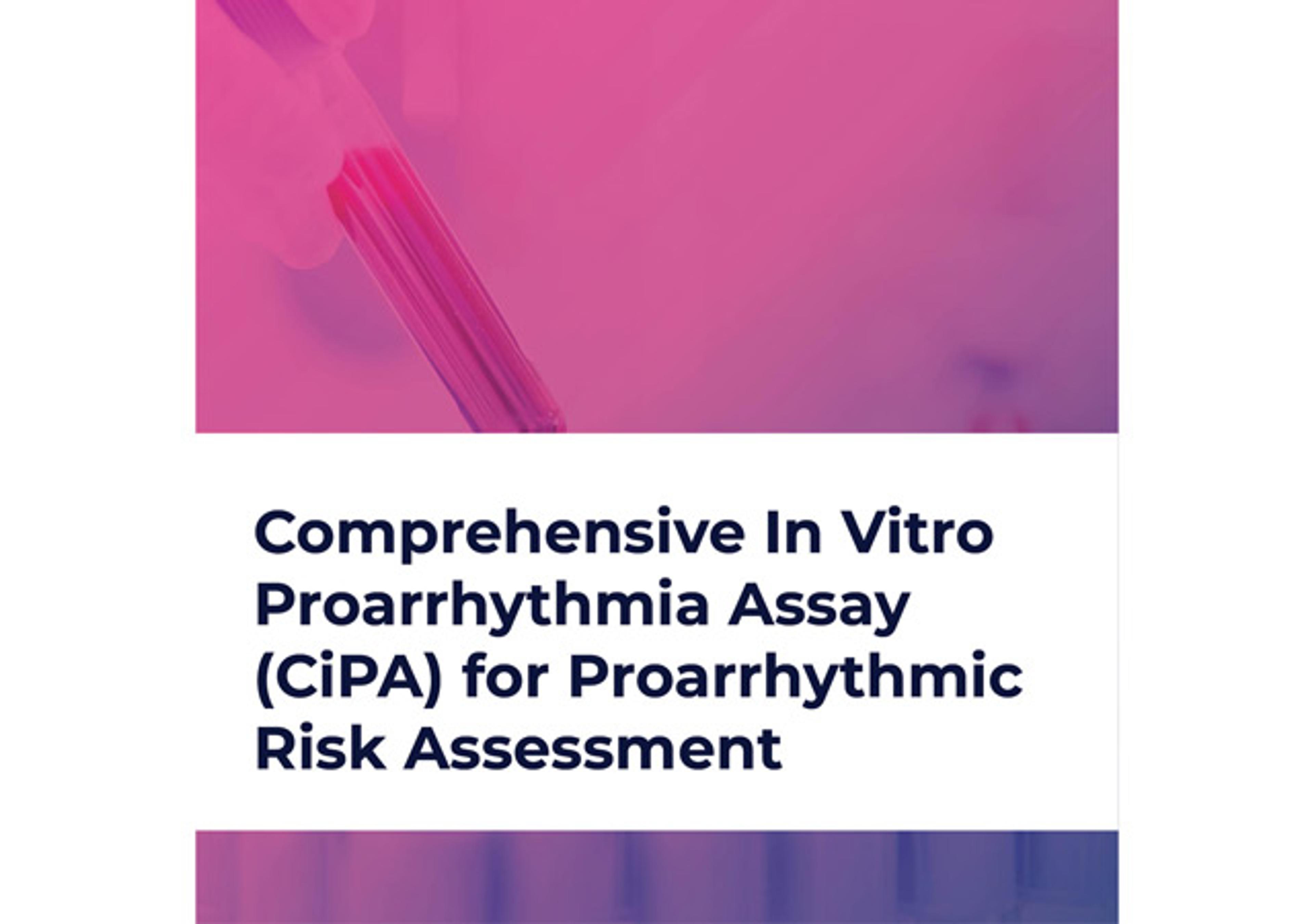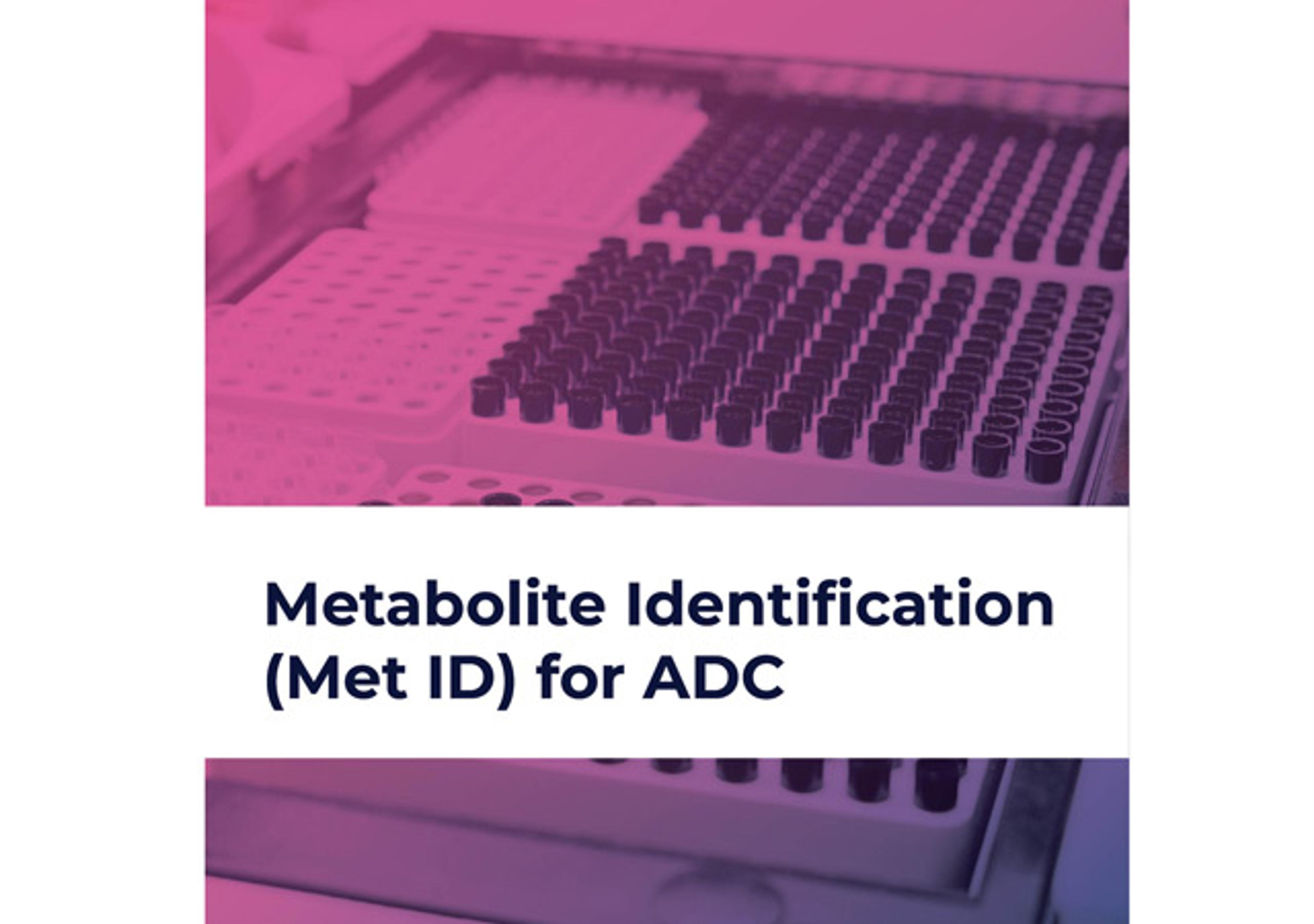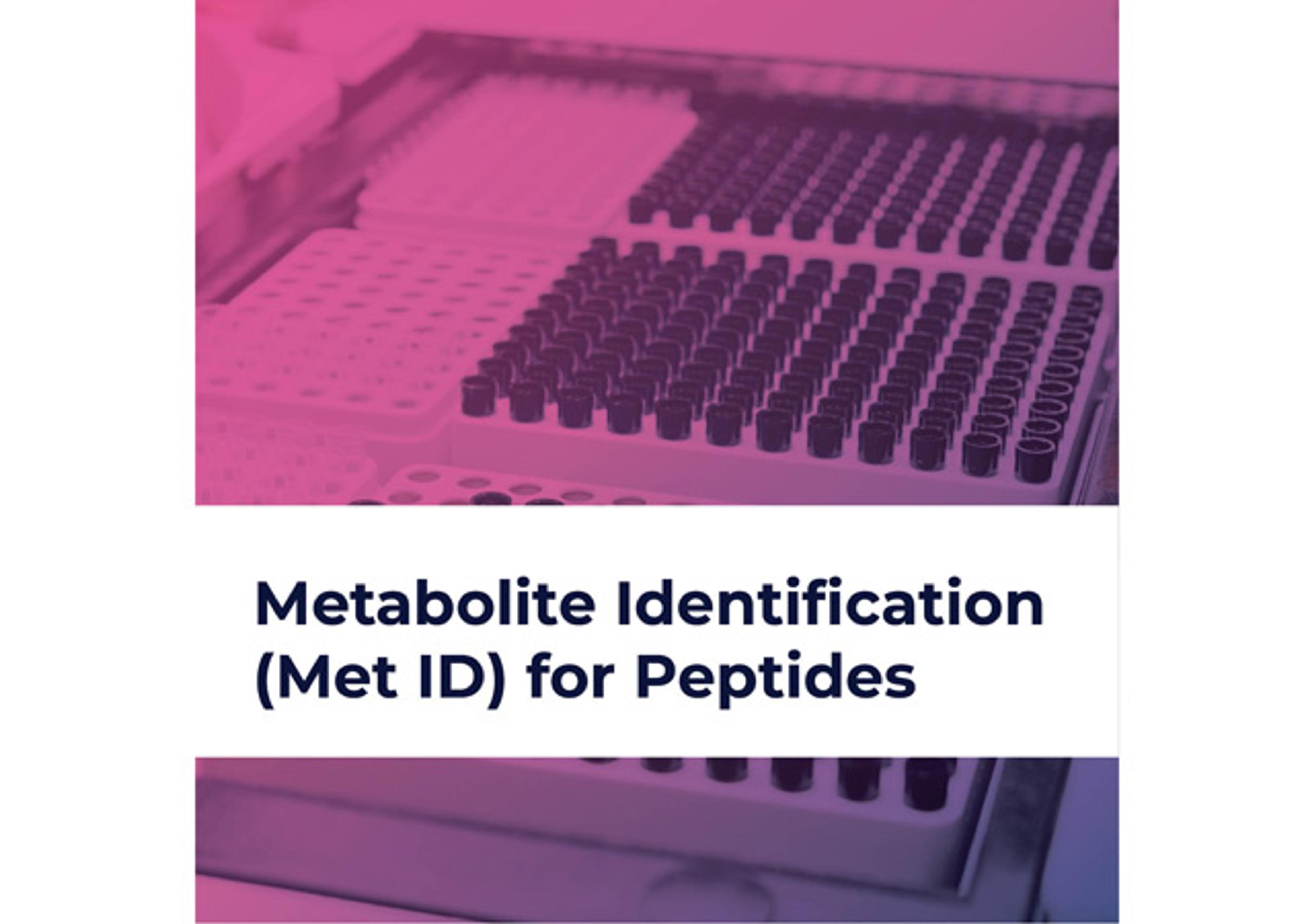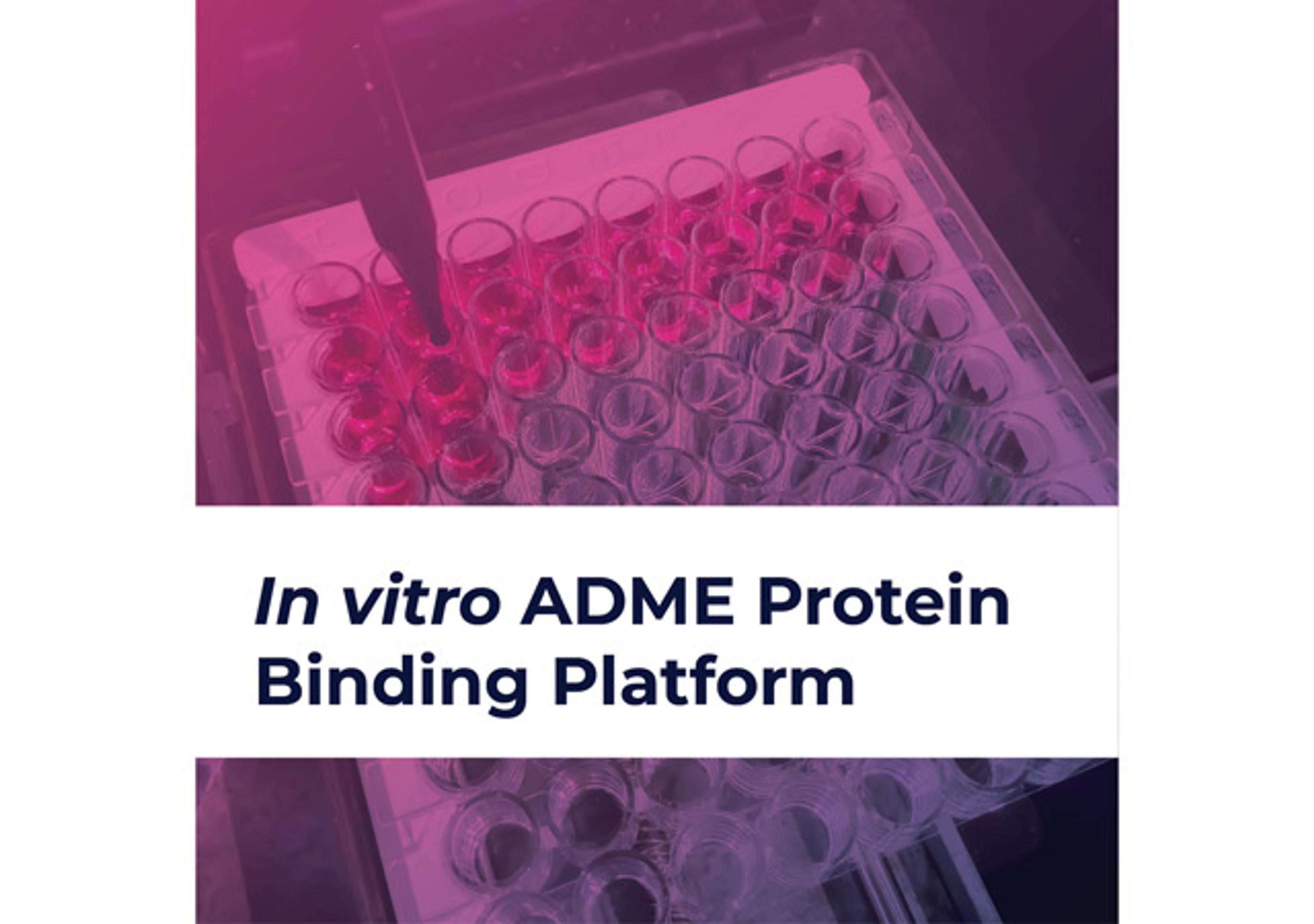Metabolite Identification (Met ID) for Oligonucleotides
Our Metabolite Identification service employs HRMS /LC-MS/MS to decode degradation pathways of antisense oligonucleotides (ASOs), siRNAs, and modified variants, identifying chain-shortened metabolites (5’/3’ cleavage), phosphorothioate changes (desulfurization, inversion) and base/nucleotide alterations (deamination/depurination). Through plasma/tissue/cell analysis, we reveal metabolic stability, biodistribution, and exonucle…
Oligonucleotide therapeutics are primarily metabolized by nucleases, yielding shorter fragments that affect distribution, persistence, and potential off-target effects. Our platform employs UHPLC-HRMS for automated metabolite profiling. Structural confirmation is achieved through MS/MS spectral matching against the parent compound reference, complemented by diagnostic fragment ion analysis. Relative quantification is performed based on peak area ratios.
Key features or benefits:
- High-resolution analysis: Waters G2-S, Waters G2-XS and AB SCIEX Q-TOF for precise oligo fragment detection
- Rapid turnaround: ~2-4 weeks
- Sample versatility: Handles plasma, urine, feces, bile and tissue samples
Relevant applications:
- Preclinical ADME: In vitro stability and metabolite profiling
- PK/TK studies: Tracking oligo catabolites in animal models
- Lead optimization: Enhancing nuclease resistance through modifications
- Safety assessment: Evaluating potential immunogenic metabolites

